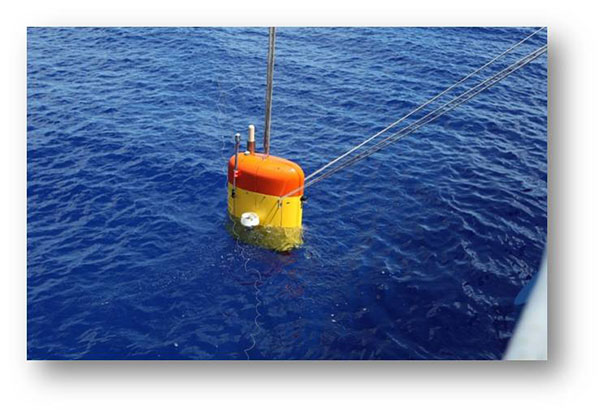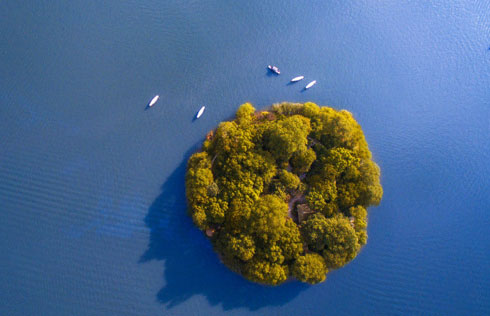Nitrogen experiment among breakthroughs
The voyage taken by the research ship Tan Suo Yi Hao to the Marianas Trench from late June until Aug 12 made a series of breakthroughs in deep-sea scientific exploration, both domestically and internationally, according to scientists from the Chinese Academy of Sciences.
The breakthroughs include a successful nitrogen cycle experiment conducted by the Yuanwei Shiyan ("on-site experiment") deep-sea elevator, a research device that is lowered with an anchor and was developed by the Institute of Deep-Sea Science and Engineering of CAS.
"It made history among similar devices internationally," said Liu Xincheng, the CAS scientist who headed the expedition.
According to Liu, the Tianya deep-sea lander, another device taken on the voyage, also made history. It collected deep-sea water samples of more than 100 liters for the first time-more than counterparts from other countries.
During the voyage, China's unmanned submersible, the Haidou, dived for the first time to a depth of more than 10,000 meters, reaching 10,767 meters.
Jiaolong, China's manned submersible, reached a depth of 7,062 meters in the Marianas Trench in June 2012.
Bai Chunli, president of CAS, said the breakthroughs are part of China's exploration of the sea at a depth of 10,000 meters, which is among the key projects of the country's 13th Five Year Plan (2016-20).
- Is it a thing? 10 odd jobs where you can make good money
- Message on a bottle: Mineral water company launches drive to find missing children
- Sun Yat-sen champion of national integrity, unity: Xi
- Four killed, two injured after house collapses in C China
- Cross-Straits forum held to commemorate Sun Yat-sen
















